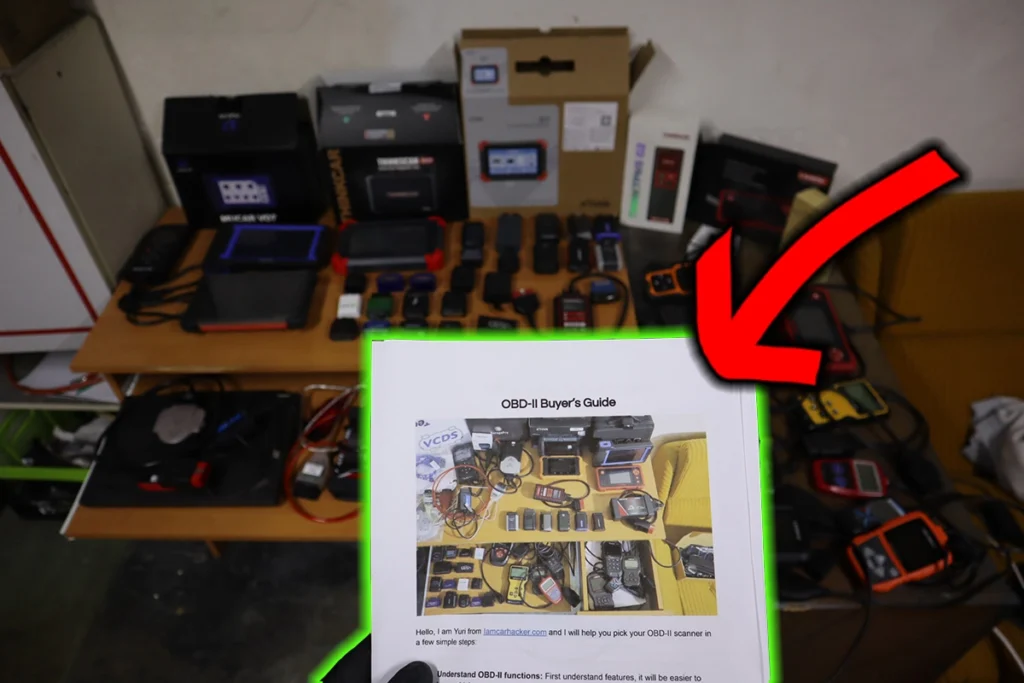The P2838: Shift Fork ‘B’ Position Circuit Low code indicates that a low voltage condition has been detected in the shift fork ‘B’ position circuit. This can be caused by a faulty position sensor, damaged or corroded wiring, or an issue within the control module that manages the circuit. Low voltage in this circuit can lead to incorrect gear selection, causing transmission performance issues and affecting the vehicle’s overall drivability.
P2838 – Quick Overview
| Code | Information |
|---|---|
| Meaning | P2838: Shift Fork ‘B’ Position Circuit Low |
| Is it serious? | Yes, low voltage in the circuit can lead to improper gear engagement, affecting drivability and potentially causing transmission damage. |
| Possible causes | – Low voltage in shift fork ‘B’ position circuit – Faulty sensor or wiring – Control module issues |
| How to diagnose? | – Measure voltage in shift fork ‘B’ position circuit – Inspect wiring and connectors for damage – Check for shorts or other faults – Replace components as needed |
P2838 Meaning
The P2838: Shift Fork ‘B’ Position Circuit Low code means that the voltage in the shift fork ‘B’ position sensor circuit is below the expected level. This could be caused by a failing position sensor, broken or damaged wiring, or an issue with the control module that results in inadequate voltage supply. Such a fault can prevent the correct gear selection and cause the transmission to malfunction, resulting in erratic or unreliable shifting behavior.
Step-by-step diagnostic guide
| Action | Description | Tools Needed |
|---|---|---|
| Check for Other Codes | Use an OBD-II scanner to determine if there are other related fault codes present. This can help identify additional areas that may be contributing to the issue. | OBD-II Scanner |
| Measure Voltage in Circuit | Use a multimeter to measure the voltage in the shift fork ‘B’ position circuit. Compare the voltage against the manufacturer’s specifications to determine if it is lower than expected. | Multimeter, Vehicle Owner’s Manual |
| Inspect Wiring and Connectors | Visually inspect the wiring and connectors for any signs of damage, corrosion, or loose connections. Pay special attention to areas where the wiring may have been pinched or damaged. | Flashlight, Safety Gloves |
| Check for Shorts or Other Faults | Test the circuit for shorts to ground or other potential faults. A break in the wiring or poor connections could be causing low voltage in the circuit. | Multimeter |
| Test Shift Fork ‘B’ Position Sensor | Use a multimeter to test the shift fork ‘B’ position sensor for proper resistance and output values. Compare the readings with the manufacturer’s specifications to determine if it is faulty. | Multimeter |
| Verify Control Module Functionality | Use a diagnostic tool to ensure that the control module is properly communicating with the shift fork ‘B’ position sensor. Ensure the control module is not failing to supply adequate voltage. | Diagnostic Tool |
| Replace Faulty Components | Replace any faulty sensors, damaged wiring, or connectors identified during the diagnostics. Ensure all connections are properly secured and components are in good condition. | Replacement Parts, Multimeter |
| Clear the Code and Test Drive | After making the necessary repairs, clear the P2838 code using an OBD-II scanner and take the vehicle for a test drive to confirm that the issue is resolved. | OBD-II Scanner |
| Recheck for Codes | Re-scan the vehicle after the test drive to ensure that the P2838 code has not returned. If the code persists, further diagnostics will be necessary. | OBD-II Scanner |
Free PDF: How to choose OBD2 scanner

I’ve made you a free PDF to choose the OBD2 scanner in 5 minutes.
✅ Which OBD2 scanner is best?
✅ Which type should you get (DIY, Pro, Hobby)
✅ What is the best scanner for the exact brand/feature (e.g best for BMW)
✅ How to get a Bi-Directional tool for as cheap as $40
✅ Discount coupons for scanners
PDF is 100% free and it is designed to help you pick a scanner in less than a few minutes! Not a boring 50-page guide.
Just tell me where to send it.

Hi, I am Juraj “Yuri” Lukacko. I got frustrated by unhelpful and scammy mechanics, so I decided to learn everything about car diagnostics myself. I test dozens of new car diagnostic tools every month along with learning new strategies to fix and customize cars. About Juraj Lukacko (Yuri)